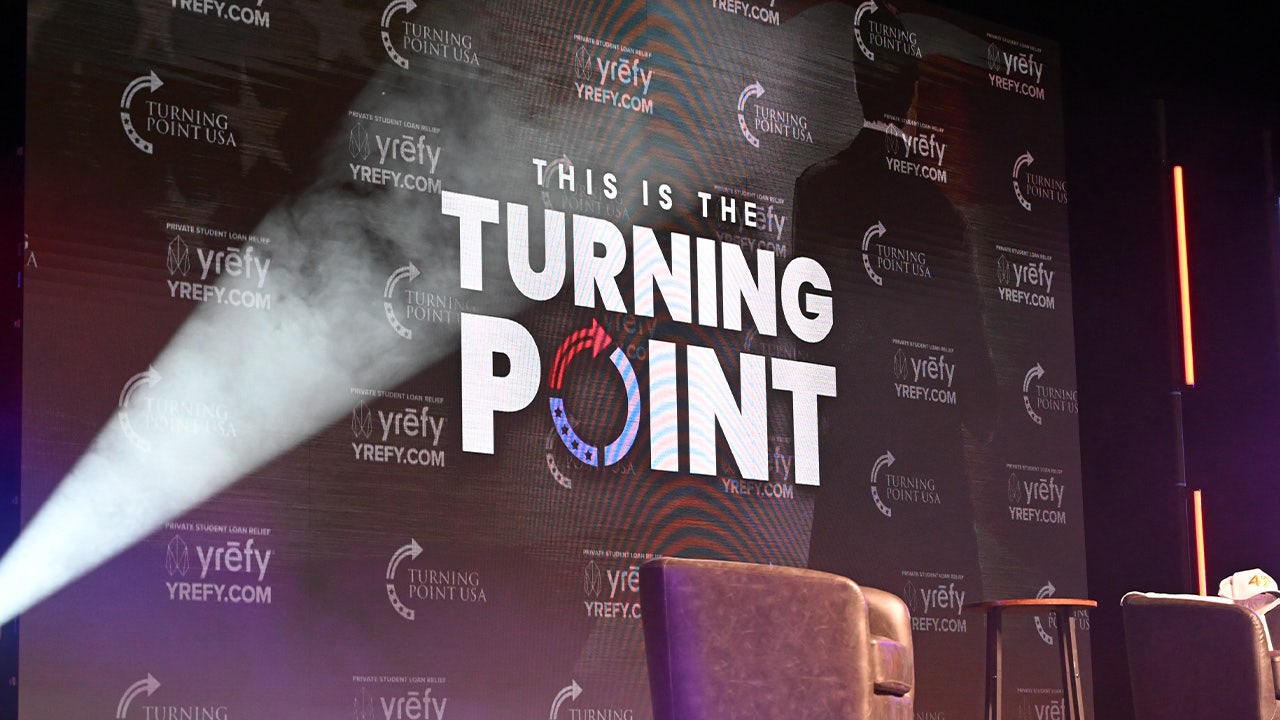Six months after President Donald Trump secured a decisive victory in the 2024 election, Democratic leaders and strategists are facing mounting internal alarm as their party continues to lose ground across multiple voter blocs.
A recent NBC News poll places national approval for the Democratic Party at just 27 percent—the lowest level since the survey began tracking party ratings in 1990.
The Democratic Party, once seen as dominant in outreach and coalition building, is now scrambling to understand how it lost support from key groups it had long considered safe: young voters, Black Americans, Latino communities, and working-class voters of all backgrounds.
Trump’s Sovereign Wealth Fund: What Could It Mean For Your Money?
Unlike the 2016 election, which Democrats tried to dismiss as a fluke, President Trump’s 2024 win included the national popular vote—cementing the shift in political momentum.
New data from swing states and post-election analysis confirm that the so-called “blue wall” of Michigan, Wisconsin, and Pennsylvania cracked for a second time under Trump’s appeal.
And with population shifts continuing to favor red states over blue ones heading into the 2030 census, Democrats now face a daunting uphill battle in both the Electoral College and Senate map.
“We are losing support in vast swaths of the country, in rural America, in the Midwest, the places where I’m from,” said Rep. Jason Crow (D-CO), who is tasked with helping Democrats retake the House in 2026.
“People that I grew up with who now support Donald Trump, who used to be Democrats. There’s no reason why we shouldn’t have the support of these folks, other than we have pushed, in so many ways, these people away from our party.”
This Could Be the Most Important Video Gun Owners Watch All Year
Crow’s assessment follows months of Democratic soul-searching in high-end hotels and private retreats.
One recent initiative, revealed in internal documents obtained by The New York Times, outlines a $20 million donor-backed project titled “SAM”—short for “Speaking with American Men: A Strategic Plan.”
Dems:
“Working out is right wing”
“Liking hot girls is right wing”
“Eating red meat is right wing”
Dems today:
“We need $20 million to understand why young men hate us” pic.twitter.com/qI7rZLMoqa
— John Hasson (@SonofHas) May 25, 2025
The effort aims to reverse declining support from young men by investing in marketing, including advertisements inside video games, and analyzing content that performs well on digital platforms.
The SAM project also calls for a complete shift in tone, urging Democrats to “move away from a moralizing tone” that party officials now admit has alienated voters.
The report adds to a growing list of Democratic efforts that have failed to reverse the party’s decline.
They’re so dumb they need to study how “real” young men act and learn what they want.
Real men don’t want men wearing dresses or using pronouns.
If Kamala couldn’t win people over with $1B, $20M isn’t gng to do shit 🤣
— Sara Rose 🇺🇸🌹 (@saras76) May 25, 2025
Since 2016, Republicans have steadily grown their advantage in voter registration across battleground and rural states, with working-class voters of every race increasingly identifying with the GOP’s platform.
Meanwhile, Democrats have been seen as more focused on niche cultural issues and elite priorities than on economic security or national unity.
While party leaders continue to debate strategy, the broader structural challenges remain.
With the Senate map tilted toward Republicans and Electoral College math increasingly favoring red states, Democrats are in search of a winning message and leadership that can recover lost ground.
Even long-time Democratic voters in traditional strongholds have shifted right, with the post-pandemic political realignment accelerating disillusionment among young and working-class Americans.
From frustrations over COVID-era restrictions to concerns over border security and economic stagnation, voters across key demographics have expressed dissatisfaction with the Democratic brand.
President Trump’s re-election victory marked a major inflection point.
With no clear frontrunner emerging from within the Democratic ranks, the party faces both a leadership vacuum and a messaging crisis.
Internal divisions have also complicated efforts to present a unified policy alternative to Trump’s second-term agenda.
As Democrats attempt to regroup ahead of the 2026 midterms, projects like SAM reflect the party’s struggle to connect with voters it once easily reached.
For now, polling and turnout data suggest Republicans have the advantage—not only in policy momentum but also in national appeal.
Connect with Vetted Off-Duty Cops to Instantly Fulfill Your Security Needs
Read the full article here







![Parent Groups Demand 50-State Audit to Eliminate DEI in Schools [WATCH] Parent Groups Demand 50-State Audit to Eliminate DEI in Schools [WATCH]](https://www.rvmnews.com/wp-content/uploads/2024/08/2024.08.18-09.57-rvmnews-66c26e67ee2c8.jpg)




